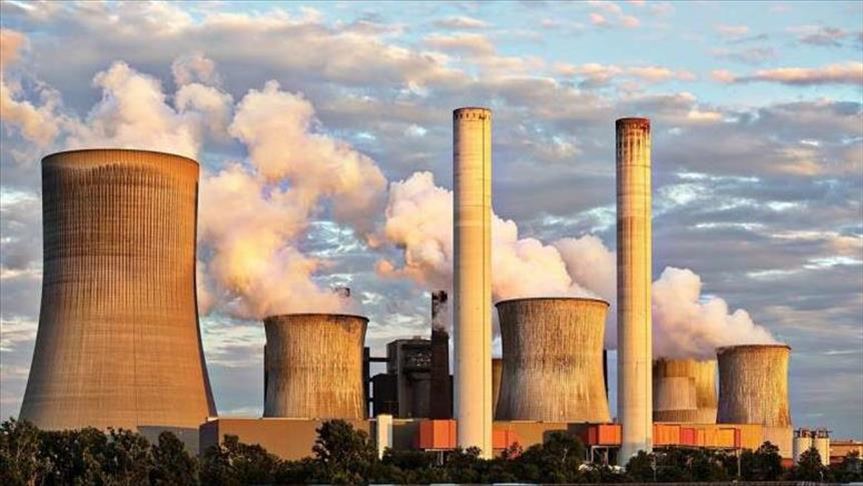India–US Trade Tensions Rise Over Steel and Auto Tariffs NMDC Limited reports a 38% drop in Q4 FY24 consolidated net profit RINL to Raise $23 Million Through Land Sales Amid Crisis

The venue for this year’s COP28 Summit raised many eyebrows. Dubai, built on the wealth of fossil fuels, seemed to be an odd choice for the United Nations’ climate summit.
Presided over by UAE minister Sultan Al-Jaber, who is also the CEO of the Abu Dhabi National Oil Company, the event which concluded last week witnessed record attendance from lobbyists favouring the use of fossil fuels in the global energy mix.
So, what does it mean for the global transition to clean energy?
A reality check
To be sure, fossil fuels continue to meet more than 80% of the world’s energy needs despite a record growth in the share of renewable sources. Hence, an abrupt halt in their production could be catastrophic as humanity has depended on them as the predominant source of energy for centuries now.
Despite marathon talks and debates to avoid a climate disaster, none of the world’s major oil- and gas-producing countries have plans to eventually stop drilling for fossil fuels though many have pledged to reach net-zero emissions.
Nonetheless, there have been significant changes in the energy landscape in the last couple of years.
According to the International Energy Agency (IEA), there is no need for the world to open new coal mines or develop oil and gas projects that have long lead times. However, “continued investment is required in some existing oil and gas assets and other approved projects,” the agency said in its September 2023 report.
But does it mean the world is really fast-transitioning towards clean energy?
The India factor
Consider this: US oil production is at a record high; India plans to double coal output by 2030; the UK is issuing new drilling licences in the North Sea; and American oil majors are splurging billions on deals that signal they see robust demand for decades to come.
The increased energy demand in the post-pandemic era clearly indicates that only fossils can salvage the world during emergencies and hence governments and companies are still dependent on energy from fossil fuels.
Now, let’s see how India meets its energy requirements.
The country currently has around 180GW of installed renewable energy capacity and aims to reach 500GW by 2030. Between 2010 and 2023, India grew its share of renewable energy (including waste-burning and nuclear) from 16% to 22%, while the remaining continues to be from fossil fuels.
Half of India’s energy needs is met by coal, followed by oil and gas which lights up one-third of the country. Total primary energy demand more than doubled from 2000 to 2020, surging to 937 million tonnes of oil equivalent (Mtoe) from 417 Mtoe. Still, India’s per-capita energy consumption is less than one-tenth of the US.
Also Read : Red Sea disruption: Indian refineries redirect diesel cargo to Asia as Europe loading dip Identifying the Impact of Red Sea Crisis on Global Commodity Markets